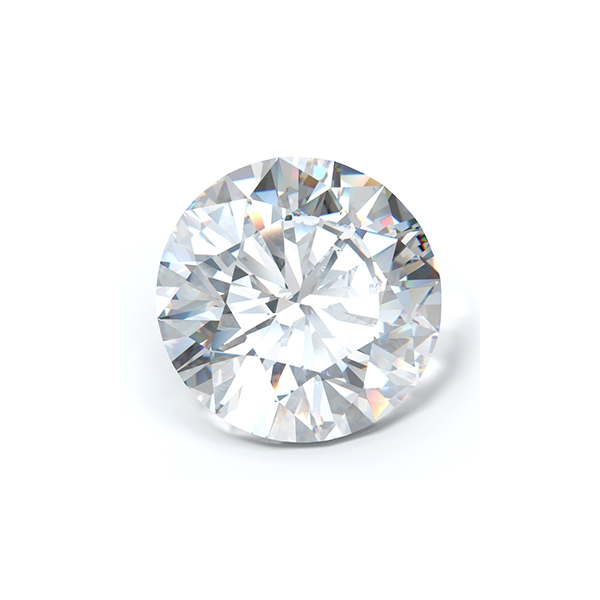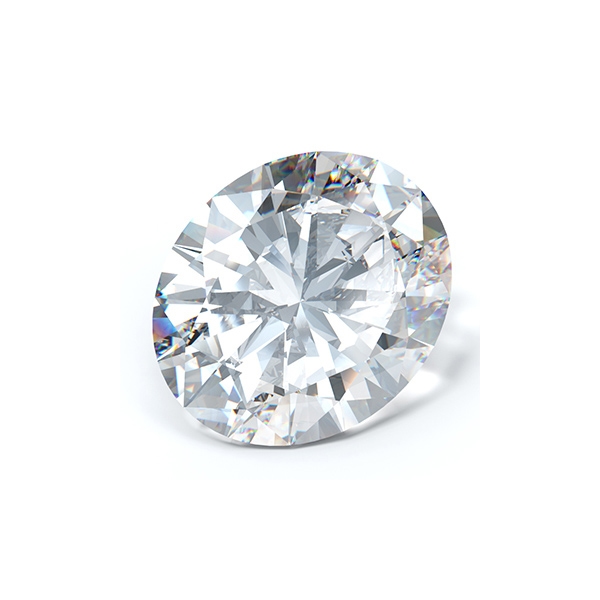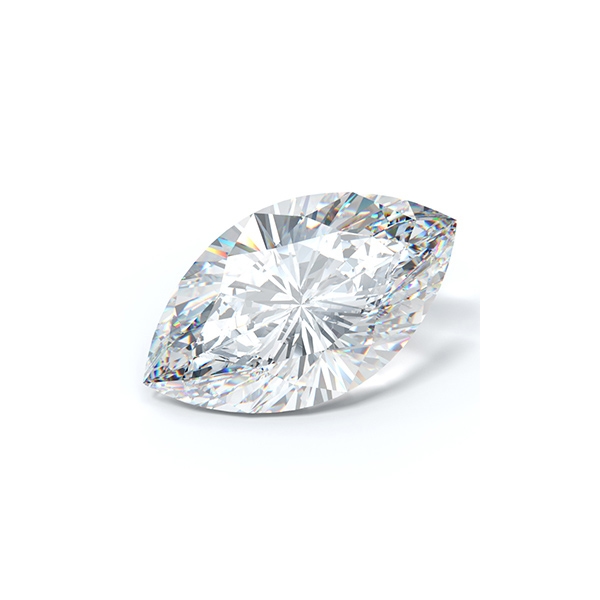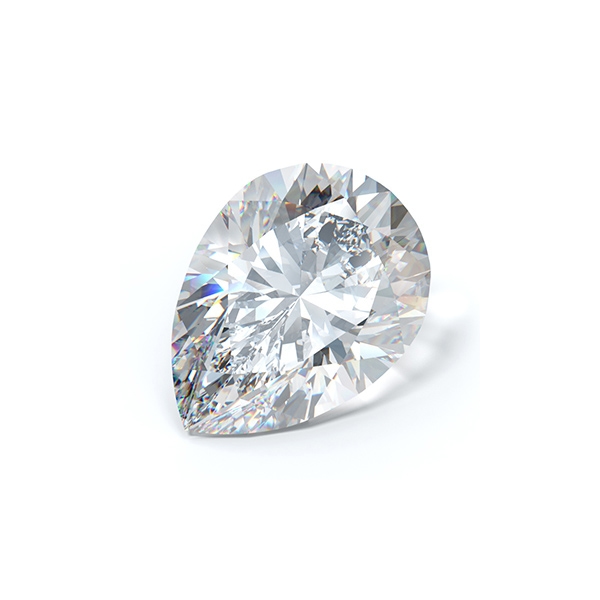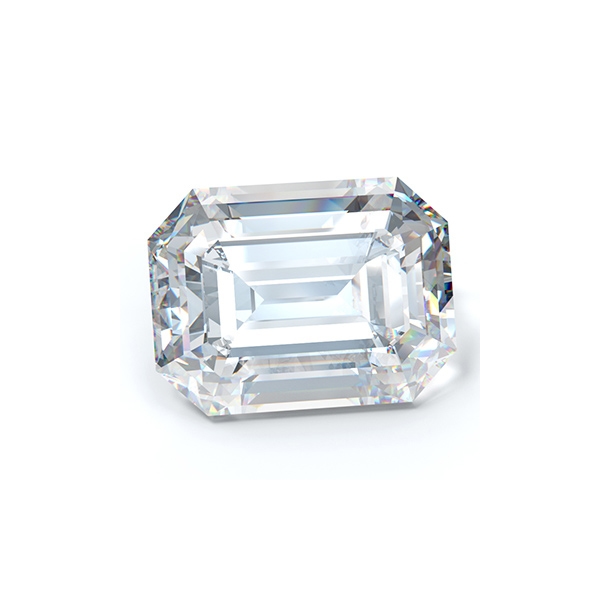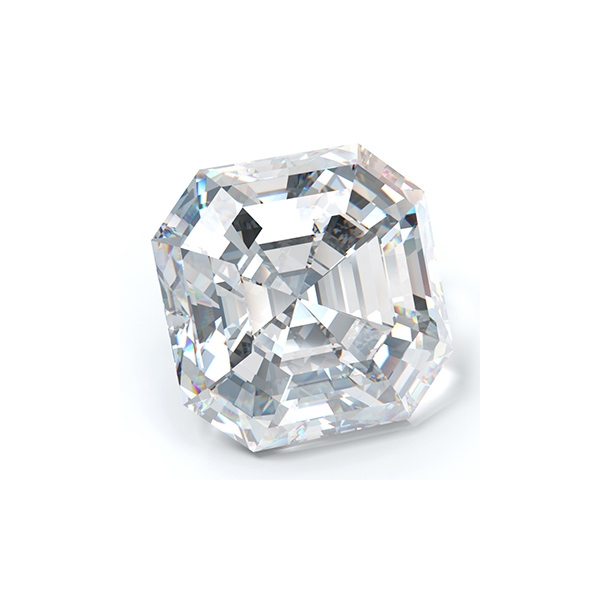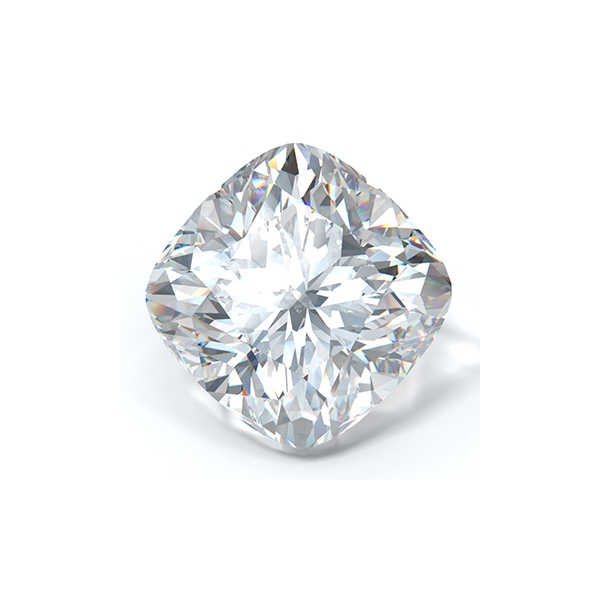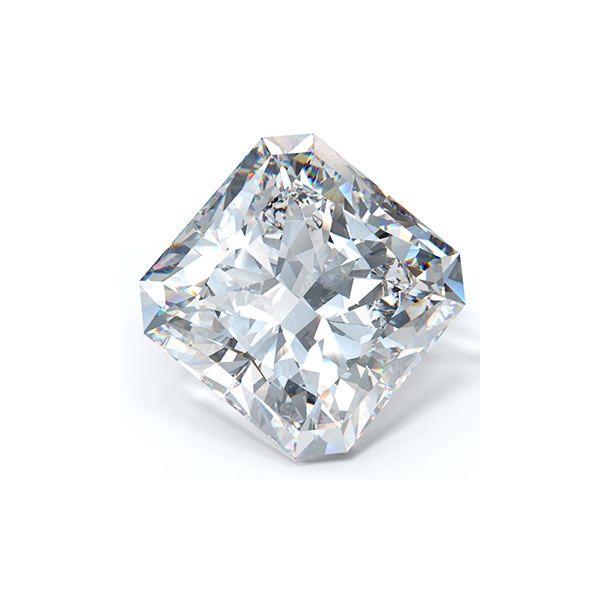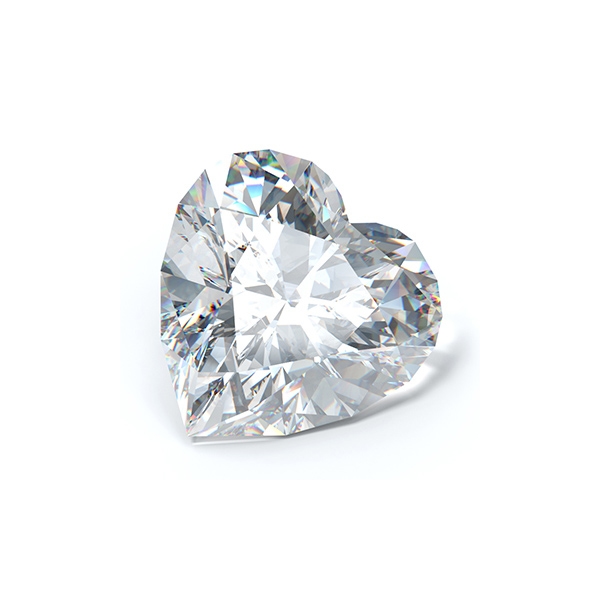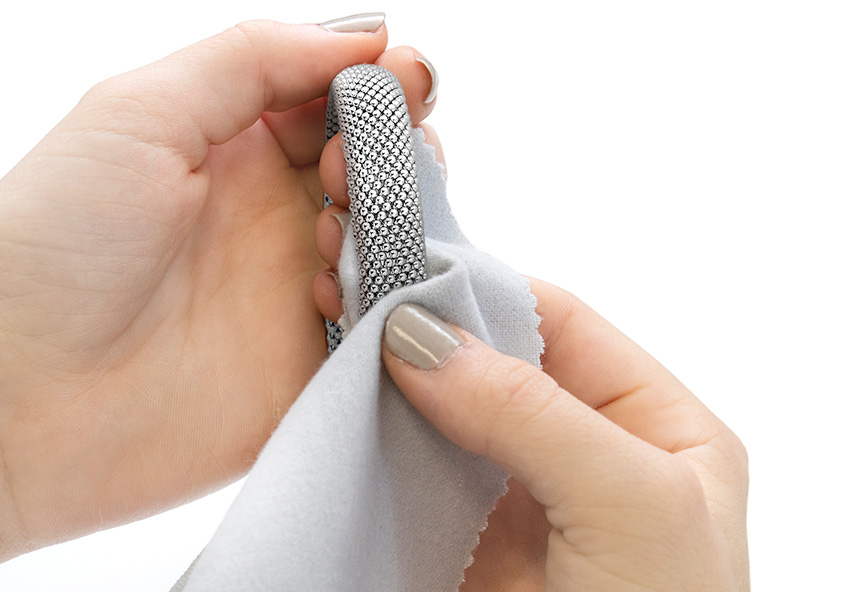Types of Diamond Cuts/Shapes
Round
The round diamond is popular in solitaire engagement rings. In fact, roughly half of engagement ring center stones are round. Thanks to its perfect symmetry, a round diamond is the most brilliant cut you can get. The versatility of the round shape also makes them ideal for a range of different styles of jewelry from modern to vintage-inspired.
Princess
The princess-shaped diamond is popular because its sophisticated square shape creates the illusion of a larger diamond. While it is a distant second to round shaped stones, diamond cutters prefer princess shapes because they require the fewest number of cuts and can retain more weight.
Like round diamonds, princess-cut diamonds work in almost any style of ring. It should always be set with prongs that protect the stone's four corners and prevent chipping.
Oval
Oval-shaped diamonds are so stunning they have gained fame — the Koh-I-Noor diamond that resides in the Tower of London or the 184-carat Victoria, cut in 1887, for example.
Today's oval became popular in the 1960s. It displays the round shape's fire and brilliance but creates the illusion of a longer finger.
Marquise
Carat for carat, the marquise diamond has one of the largest surface areas of any diamond shape, making it a good choice for maximizing perceived size.
Symmetry is especially important with this shape — even the slightest difference can create an uneven look. A marquise shape can work well either as a unique spin on a solitaire style or as the center stone framed by accent diamonds.
Pear
The brilliant-cut pear-shaped diamond combines round and marquise shapes, with a tapered point on one end. Ideally, a pear-shaped diamond should have excellent symmetry with a point that lines up with its apex at the rounded end.
As for wearing a pear-shaped diamond, tradition says that the point should always be directed out toward the finger.
Emerald
Originally, the emerald shape was designed to highlight the qualities of emeralds — but the shape transfers beautifully to diamonds.
With the step cuts of its pavilion and its large, open table, emerald-shaped diamonds produce a unique hall-of-mirrors effect, with a captivating interplay between light and dark planes. This shape works best with stones of very high quality.
Asscher
Love a vintage look? Try an Asscher-shaped diamond. Named after its creator, Joseph Asscher, the Asscher-cut diamond is popular in Art Deco jewelry.
It's similar to the emerald cut, with larger facets that tend to be square rather than rectangular, with a higher crown and a smaller table. This combination often produces more brilliance than the emerald cut.
Cushion
The cushion diamond, also known as the old mine cut diamond, is designed to retain as much diamond weight as possible. It has a square cut with rounded corners and resembles a pillow — hence the name. It's a great option for vintage flair and exceptional sparkle and is especially popular with a halo setting.
Radiant
Radiant-cut diamonds have a complete brilliant-cut facet pattern on both the crown and pavilion, which creates a vibrant and lively diamond.
The design requires more diamond mass in order to achieve brilliance, so this cut requires a stone of high quality.
Heart
The brilliant-cut heart-shaped diamond is a stunning symbol of love and romance — that's why it's a popular choice at Valentine's Day.
Only very skilled cutters can create the heart shape, with its sharp and distinct cleft and rounded wings. Heart-shaped diamonds are generally only found in larger sizes due to the difficulty of creating this fancy cut.
Jewelry Care
Jewelry has the potential to last a lifetime and be passed down from generation to generation. Whether you’re wearing a piece every day, or you only take it out for special occasions, it’s important to make sure you’re taking good care of it.
From the nuances of cleaning different metals and gemstones to what to consider when you’re insuring your jewelry, learn more about jewelry care and how to protect your investment.
